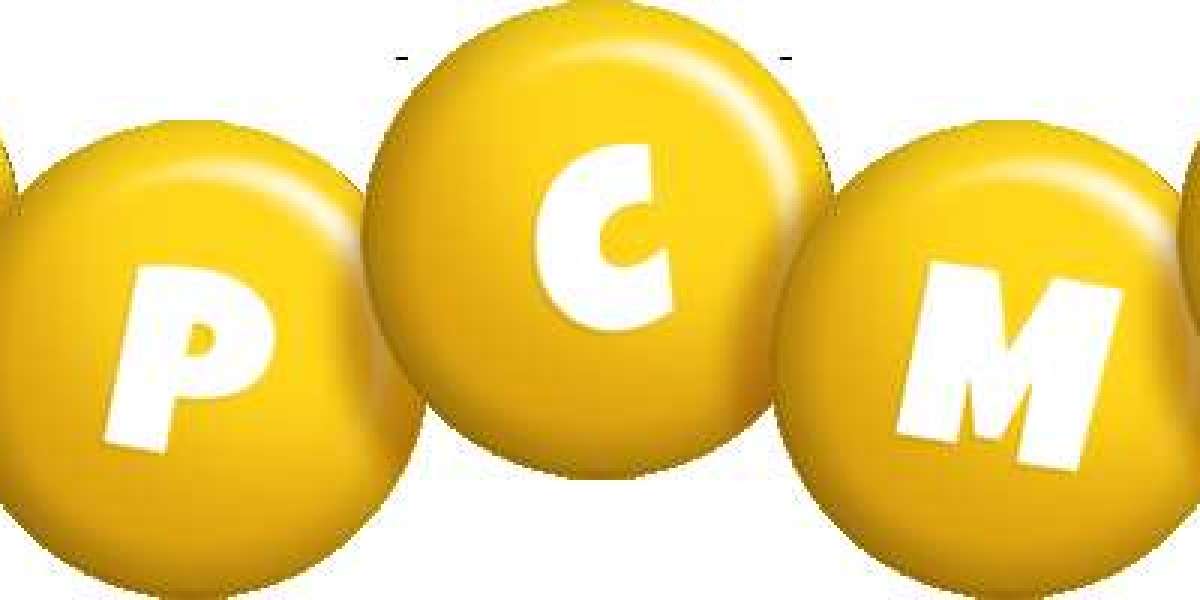The Importance of Stationery for Children
Children’s stationery holds a special place in their academic and creative journey. It serves multiple purposes, such as:
Encouraging Learning: Well-designed and age-appropriate stationery can make learning more engaging. For example, alphabet-themed notebooks or color-coded pens can help with literacy and organizational skills.
Fostering Creativity: Items like sketchbooks, colored pencils, and markers allow children to express their thoughts, emotions, and ideas in imaginative ways.
Promoting Independence: Personalized stationery gives children a sense of ownership. It helps them take responsibility for their work and build good organizational habits.
Boosting Motivation: Fun stationery with characters or bright colors can make children more enthusiastic about schoolwork or drawing, turning mundane tasks into enjoyable activities.
Types of Stationery for Kids
The world of childrens stationary is vast and colorful. Here are some of the most popular types, categorized by function and purpose:
1. Writing Instruments
These are the tools that start the journey of writing and drawing:
Pencils: Soft-grip, triangular pencils are ideal for young learners as they help with correct finger placement. Some even come with fun toppers or scents to make them more appealing.
Erasers and Sharpeners: Novelty erasers in shapes like animals or fruits can be fun while being functional. Child-friendly sharpeners often have safety features and enclosed containers.
Pens and Gel Pens: For older kids, colorful gel pens or erasable pens are popular. They’re especially favored for note-taking, journaling, or creative writing.
Crayons, Markers, and Colored Pencils: These are essential for art projects and free drawing. Washable, non-toxic varieties are recommended for safety and ease of use.
2. Paper Products
Paper-based stationery is where much of the actual work and creativity happens.
Notebooks and Exercise Books: Available in a wide variety of themes and sizes, these often feature ruled, graph, or blank pages suitable for different tasks.
Drawing Books and Sketchpads: These provide a blank canvas for budding artists and often come with thicker pages to handle paint and markers.
Sticky Notes and Notepads: Great for reminders, doodling, or short messages, and come in various fun shapes and colors.
3. Organizational Tools
Helping children stay organized can instill good habits early on:
Pencil Cases: From roll-up cloth styles to hard-shell cases, these help keep writing tools together. Kids often choose designs that reflect their personalities or interests.
Folders and Binders: Useful for keeping homework, assignments, and art projects safe and organized.
Planners and Calendars: Kid-friendly planners can teach time management and responsibility. They often include stickers or motivational quotes.
4. Craft Supplies
Art and craft supplies are a staple in every child’s stationery kit:
Glue, Scissors, and Tape: Safety scissors and washable glue sticks are designed for small hands and creative freedom.
Stickers, Stamps, and Washi Tape: These decorative items are a huge hit with kids and can be used for scrapbooking, journaling, or decorating notebooks.
Craft Kits: Many stationery brands offer DIY kits with all materials included, promoting both creativity and problem-solving skills.
How to Choose the Right Stationery for Kids
With so many options available, selecting the right stationery can be overwhelming. Here are some tips for parents and teachers:
1. Age-Appropriate Design
Younger children need ergonomically designed tools, like jumbo crayons or wide-barrel pencils, which help them learn motor control. Older kids might prefer slimmer, more standard sizes.
2. Safety First
Always look for non-toxic, child-safe materials. Avoid items with small, detachable parts for children under 3 to prevent choking hazards.
3. Durability and Quality
Kids can be tough on their belongings. High-quality stationery might be a bit more expensive, but it lasts longer and performs better.
4. Encourage Personal Choice
Letting children choose their stationery for kids builds excitement and gives them a sense of ownership. It also allows them to develop their preferences and style.
5. Eco-Friendly Options
More brands are offering sustainable alternatives, such as recycled paper notebooks, biodegradable pens, and reusable covers — a great way to teach children about environmental responsibility.
Popular Themes and Trends
Children's stationery often reflects current pop culture and popular characters. Some of the most common themes include:
Cartoon Characters: Stationery featuring beloved characters from shows and movies helps create an emotional connection with the items.
Animals and Nature: Forest animals, sea creatures, and space themes are both educational and fun.
Fantasy and Adventure: Unicorns, dinosaurs, pirates, and fairies are evergreen themes that spark the imagination.
Minimalist and Aesthetic Styles: Older kids are leaning toward more aesthetically pleasing and organized designs, often inspired by social media trends like bullet journaling.
Educational Benefits Beyond the Classroom
While stationery is essential for school, its benefits extend into home life as well:
Journaling: Helps children process emotions, practice writing, and build mindfulness.
Letter Writing: Using notepaper and envelopes teaches communication skills and manners — a great way to introduce them to gratitude and empathy.
Creative Expression: Whether it’s making birthday cards or designing their own comics, the right stationery supports personal growth and joy.
Conclusion
Children’s stationery is not just a collection of tools — it’s a powerful blend of education, creativity, and fun. From fostering early motor skills to enabling personal expression and organization, the right stationery can enhance a child’s learning journey in remarkable ways. Whether you’re a parent gearing up for back-to-school shopping or a teacher preparing classroom supplies, choosing thoughtful, high-quality, and child-friendly stationery can make a big difference in a child’s development. After all, the simple act of giving a child a pencil and a piece of paper could be the start of a masterpiece — or a dream in the making.







